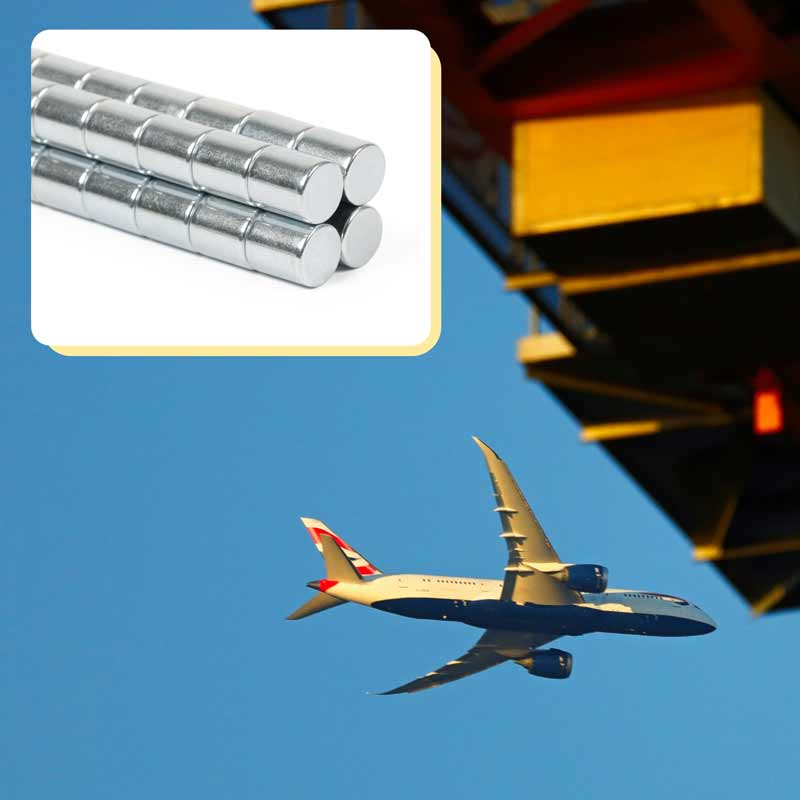CHINA STOPS EXPORT OF RARE EARTH METALS – We are in continuous contact with our suppliers in China and, in consultation with them, have concluded that HYAB is not affected by the export ban at this time.
Blog page
Recent Post

Published: 2025-05-21
Magnets in Restaurant Kitchens

Published: 2025-05-16
Global supply challenges and HYAB’s role

Published: 2025-05-13
Electromagnets – a more controllable magnet

Published: 2025-05-09
Magnetic filtration in the process industry

Published: 2025-05-06
Sheet metal handling – Easier with magnets

Published: 2023-03-25
![]() Daniel Gårdefelt
Daniel Gårdefelt
Compass and navigation history
For centuries the magnetic compass has been an essential tool for navigation, enabling mariners and explorers to navigate. The compass dates back...
Show more >
Published: 2023-02-24
![]() Daniel Gårdefelt
Daniel Gårdefelt
Magnet history
The publication "The History of Magnet Manufacturing: From Ancient China to Modern Industry" Magnet manufacturing has been practiced...
Show more >
Showing 1 to 1 of 2 (1 Pages)

